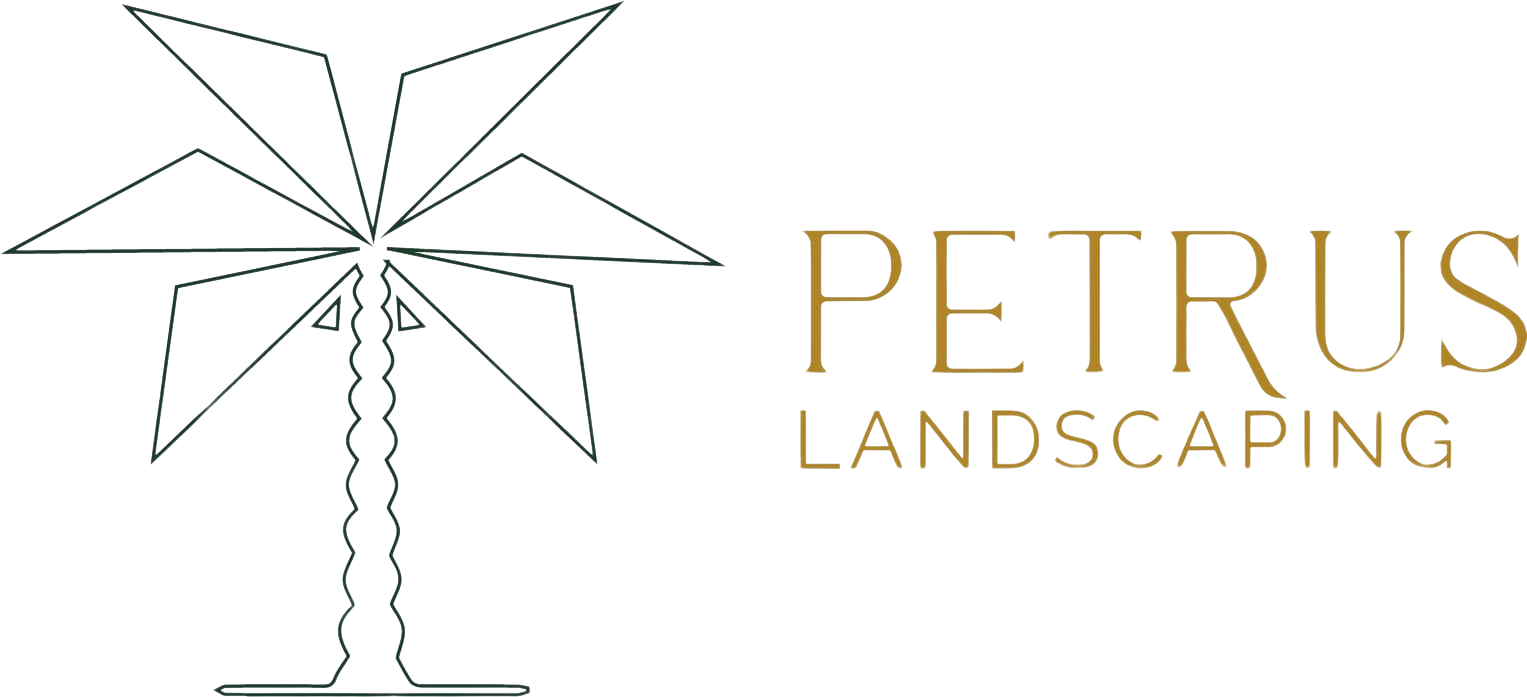Designing a hillside garden in the Bay Area can be exciting but also challenging. With rolling slopes, clay-heavy soils, and a Mediterranean climate of wet winters and dry summers, choosing the right plants makes all the difference. If you’ve ever struggled with erosion, patchy growth, or endless maintenance, the solution often lies in selecting plants that thrive naturally in this environment.
Hillside landscaping is not just about beauty—it’s also about stability, sustainability, and long-term functionality. Steep yards can easily lose soil and water, so plants need to do double duty: hold the ground in place while adding greenery and character. Luckily, the Bay Area is home to a wide variety of plants that can handle slopes, resist drought, and bring life to your outdoor spaces.
In this blog, we’ll cover nine of the best plants for Bay Area hillside landscaping. These plants are more than just pretty faces—they provide erosion control, attract wildlife, and reduce maintenance headaches. Whether you want colorful flowers, evergreen cover, or low-water options, this list has you covered.
Why Plant Selection Matters in Hillside Landscaping
When it comes to sloped yards or hillside landscapes, plant selection isn’t just about preference—it’s about problem-solving. Here’s why the right choices matter:
Erosion control: Deep-rooted plants anchor soil and prevent it from washing away during rainy Bay Area winters.
Water efficiency: With drought conditions becoming more frequent, water-wise landscaping ensures your garden survives with minimal irrigation.
Soil stability: Certain shrubs and grasses knit the soil together, protecting your slope from landslides or bare patches.
Low maintenance: Steep terrain is tough to mow or weed, so hardy plants that thrive with little care save time and effort.
Wildlife support: Many native plants double as food and shelter for pollinators, birds, and butterflies.
Now let’s explore the nine plants that tick all these boxes for Bay Area hillside landscaping.
1. California Lilac (Ceanothus)
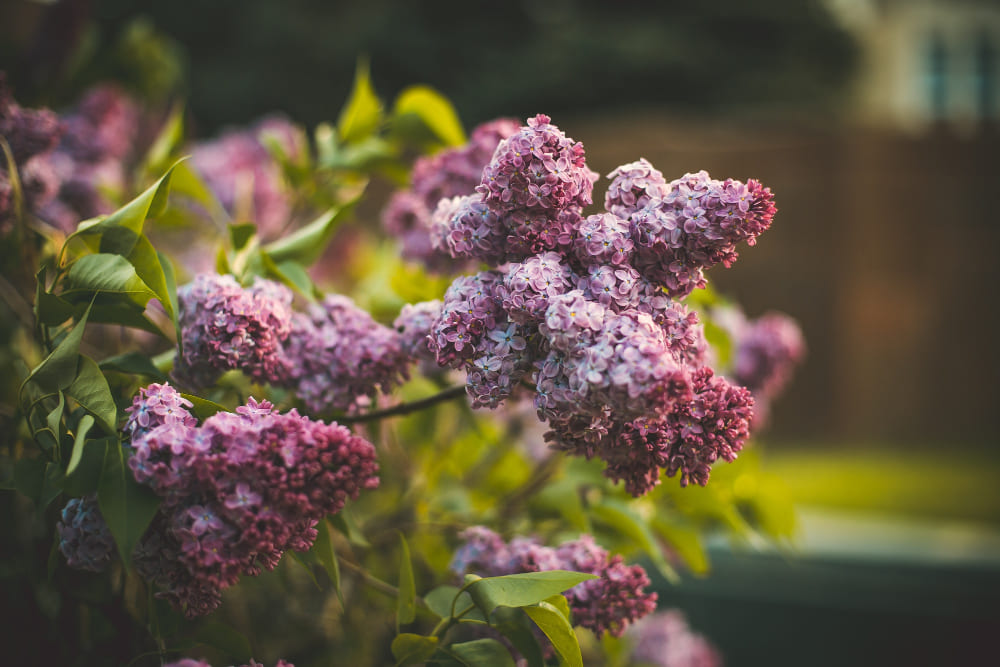
California Lilac, or Ceanothus, is one of the most beloved native shrubs in California. With its vibrant clusters of blue or purple flowers, it adds a splash of color to any slope.
Why it works for hillsides:
Extremely drought-tolerant once established.
Dense roots help hold soil in place.
Requires minimal maintenance—no need for constant watering.
Ceanothus thrives in sunny Bay Area slopes and works beautifully as both a groundcover and a larger shrub variety. Beyond landscaping benefits, it also attracts bees and butterflies, making your garden a pollinator haven.
2. Manzanita (Arctostaphylos)
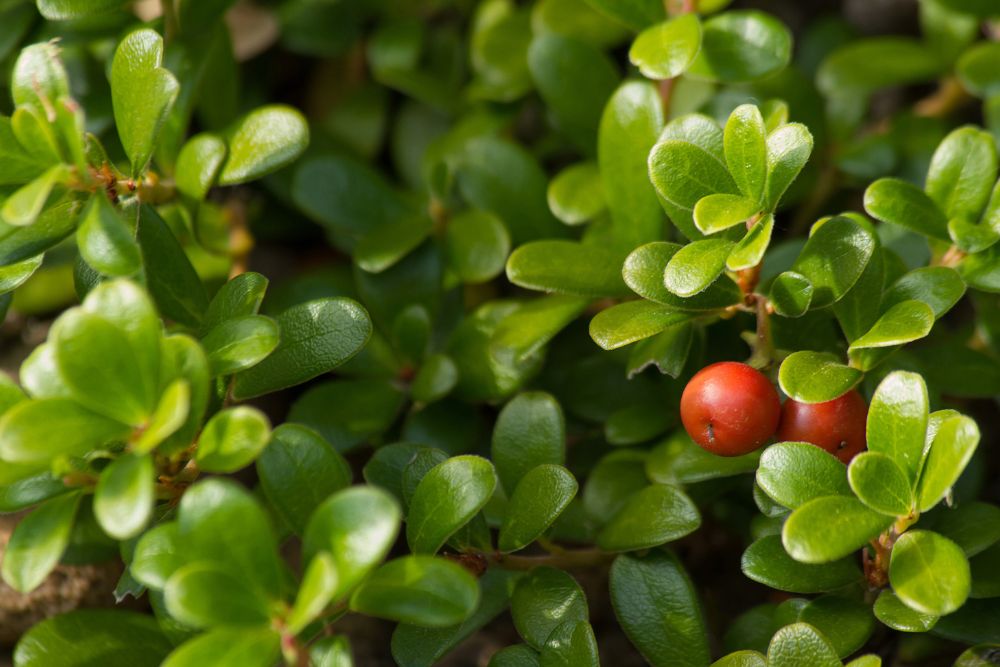
Manzanita is another California native that’s perfect for hillside landscaping. Known for its twisting branches and smooth, red bark, this shrub offers year-round beauty.
Why it’s great:
Hardy and drought-resistant.
Excellent erosion control thanks to its deep roots.
Available in ground-hugging and tall shrub forms.
Manzanitas not only stabilize soil but also provide berries that attract birds. They thrive in poor soils where other plants may fail, making them an ideal choice for tough slopes.
3. Toyon (Heteromeles arbutifolia)
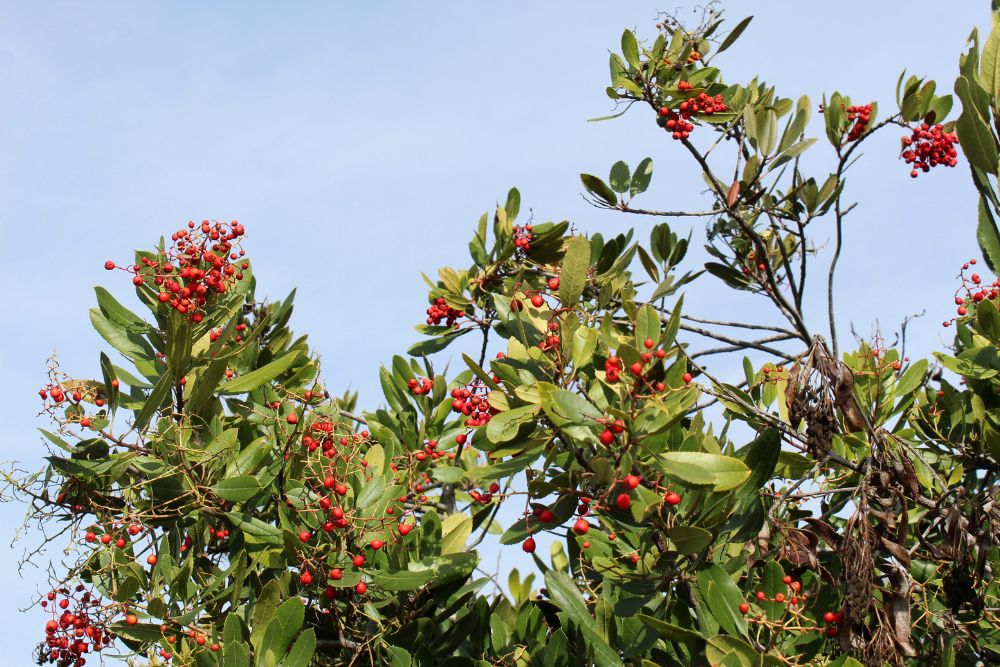
Often called “Christmas Berry” for its bright red berries, Toyon is a hardy evergreen shrub that thrives in the Bay Area climate.
Why it stands out:
Roots that dig deep into slopes, preventing erosion.
Year-round greenery with seasonal clusters of white flowers and red berries.
Food source for wildlife, including birds and pollinators.
Toyon is also culturally significant—it’s one of the plants that inspired Hollywood’s name. Plant it on your hillside, and you’ll enjoy beauty and functionality in one.
4. Lavender (Lavandula spp.)
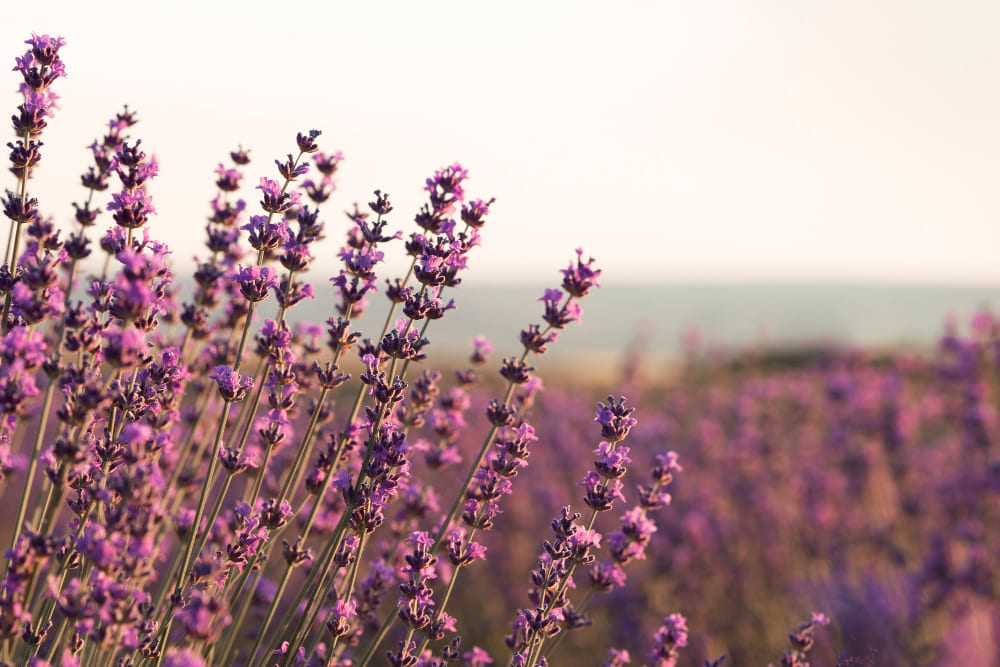
Lavender isn’t just beautiful—it’s practical. Its silvery foliage and fragrant purple blooms make it a favorite in Bay Area gardens.
Why it fits:
Perfect for sunny, dry slopes.
Naturally repels pests.
Low maintenance and long-lasting.
Lavender works especially well when planted in groups across a slope. It adds fragrance, color, and erosion control, all while requiring very little water once established.
5. Rosemary (Rosmarinus officinalis)
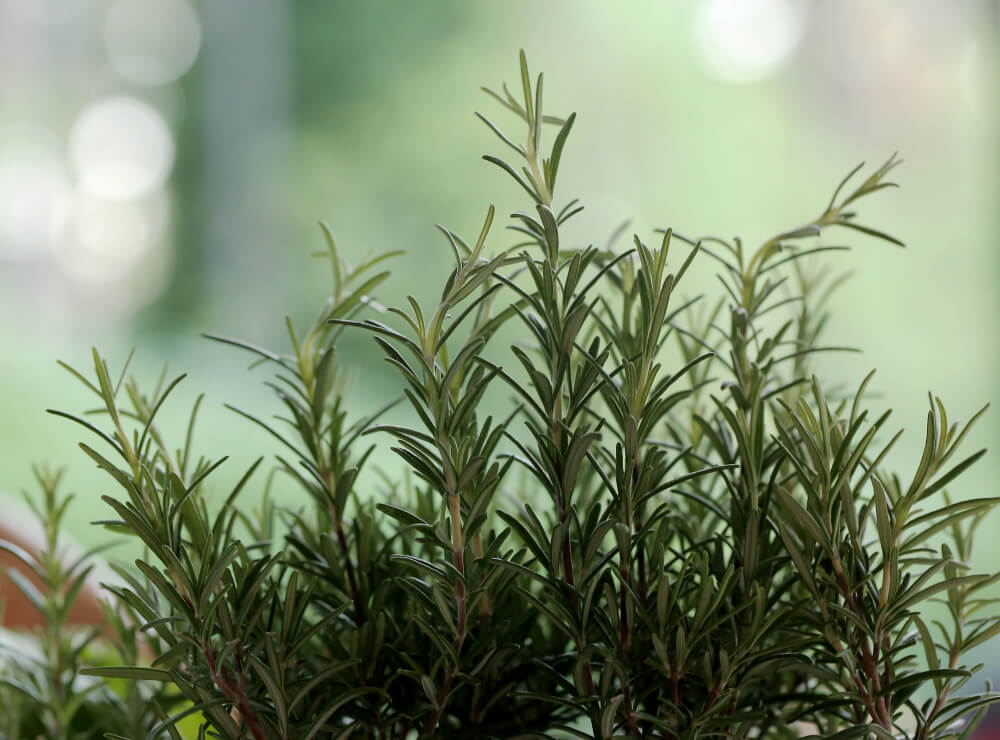
Rosemary is more than a kitchen herb—it’s a landscaping powerhouse.
Why it’s ideal for slopes:
Cascading varieties drape beautifully over retaining walls.
Root systems hold soil in place.
Evergreen foliage keeps slopes green year-round.
Rosemary loves full sun and is very drought-tolerant. Plus, it doubles as a fresh supply for your kitchen, making it both functional and decorative.
6. Yarrow (Achillea millefolium)
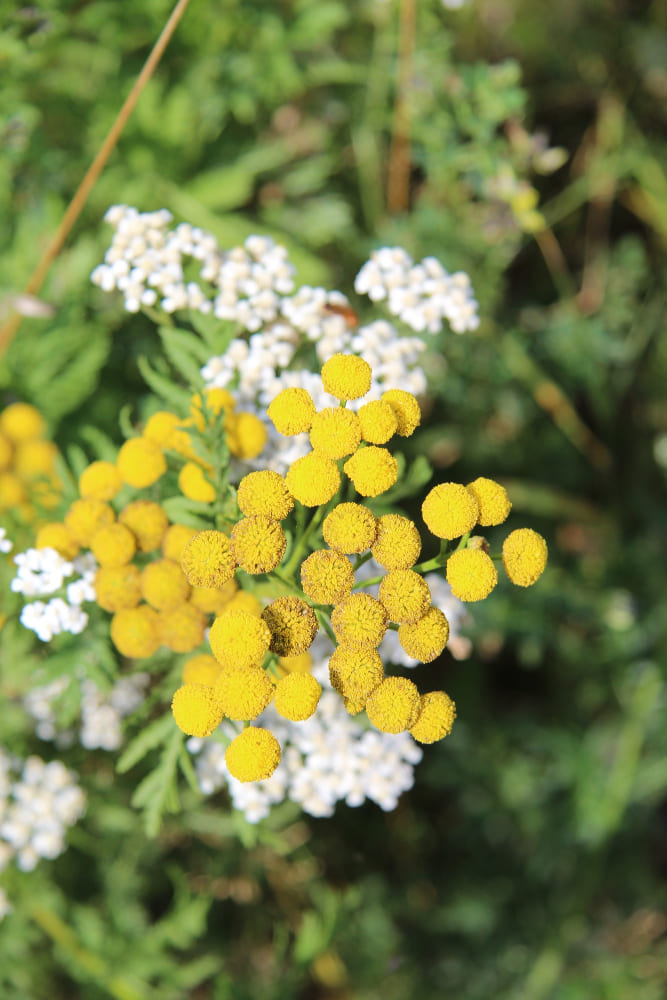
Yarrow is a hardy perennial that thrives in Bay Area conditions. With its fern-like leaves and clusters of flat-topped flowers, it adds both texture and color to your hillside.
Why it works:
Spreads easily, covering large areas of slope.
Attracts pollinators like butterflies and bees.
Tolerates drought and poor soils.
Yarrow is especially good for erosion control on sunny hillsides. Once established, it requires very little water and care.
7. Deer Grass (Muhlenbergia rigens)
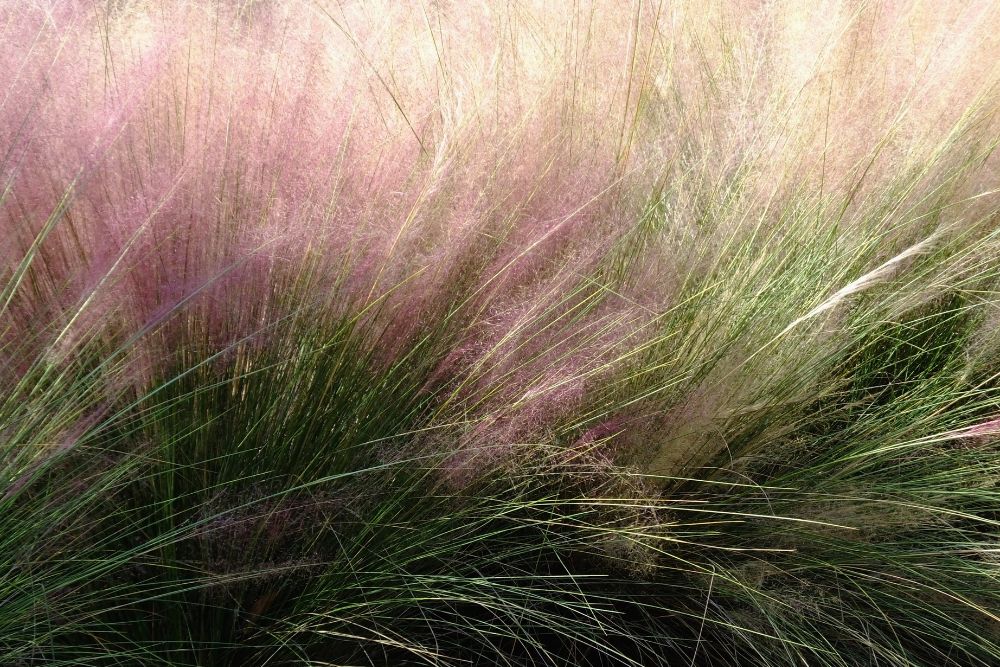
For a sleek, modern hillside look, Deer Grass is unbeatable. This California native grass forms dense clumps that sway beautifully in the wind.
Why it’s effective:
Deep roots make it excellent for slope stabilization.
Very low water needs.
Provides texture and movement in landscape design.
Deer Grass can be planted in clusters along a hillside for a natural, meadow-like effect. It also works well when combined with colorful perennials.
8. California Poppy (Eschscholzia californica)
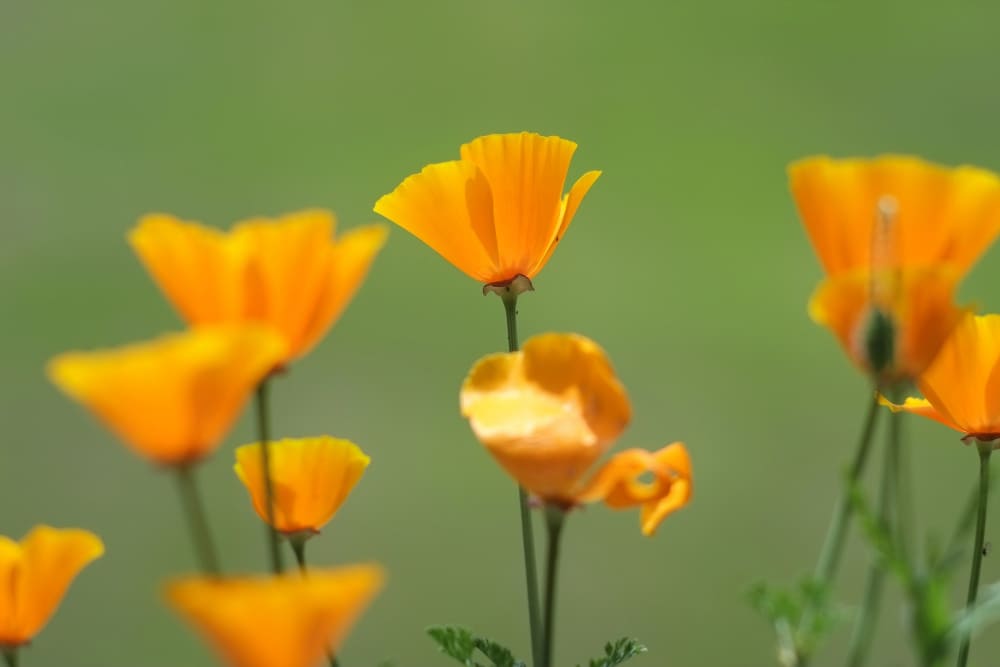
No list of Bay Area hillside plants would be complete without the California Poppy, the state flower.
Why it’s perfect:
Self-seeds and spreads easily across slopes.
Requires almost no care once established.
Brilliant orange blooms bring seasonal color.
California Poppies are ideal for filling gaps between shrubs and grasses. They bring a cheerful, low-maintenance splash of color to otherwise bare slopes.
9. Redbud Tree (Cercis occidentalis)
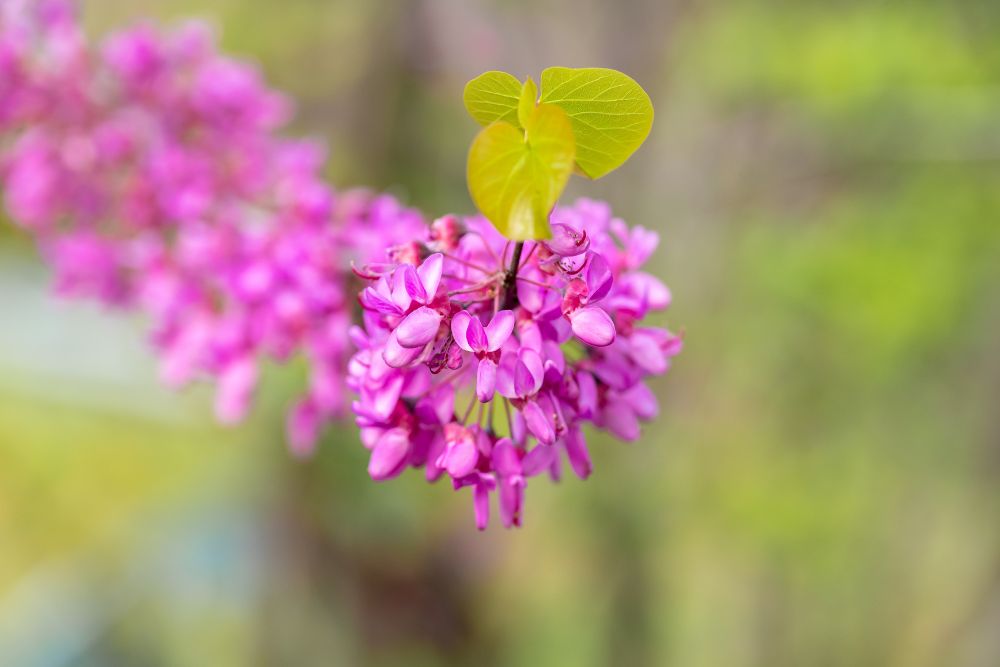
The Western Redbud is a small native tree that adds vertical interest to hillside gardens. Its pink-magenta spring blooms are spectacular.
Why it’s useful:
Roots anchor soil on steep slopes.
Provides shade for smaller understory plants.
Seasonal beauty with flowers, green leaves, and seed pods.
Redbuds are especially good for adding structure to a hillside, pairing well with shrubs and groundcovers.
Design Tips for Hillside Landscaping in the Bay Area
Choosing the right plants is just the beginning. To create a hillside that’s both beautiful and practical, keep these design strategies in mind:
Mix plant types: Combine groundcovers, shrubs, and small trees for layered depth.
Use native plants: They’re already adapted to the Bay Area’s soil and climate.
Think water-wise: Install drip irrigation for targeted watering.
Plan for access: Add pathways or steps to make maintenance easier.
Balance aesthetics and function: Choose plants that both stabilize slopes and look attractive year-round.
Maintenance & Long-Term Care
Even low-maintenance plants need some care to stay healthy. Here are key tips for Bay Area hillside gardens:
Pruning: Trim shrubs and grasses regularly to encourage growth and prevent over-spreading.
Watering: New plants need deep watering until established; after that, most of the species above thrive on minimal irrigation.
Mulching: Apply mulch around plants to retain moisture and suppress weeds.
Pest control: Many of these plants are naturally resistant, but watch for seasonal pests like aphids or beetles.
With a little seasonal care, your hillside will stay vibrant and stable for years.
Bay Area hillside landscaping doesn’t have to be complicated. By choosing the right plants, you can transform steep, erosion-prone slopes into thriving, beautiful gardens.
The nine plants we’ve highlighted—California Lilac, Manzanita, Toyon, Lavender, Rosemary, Yarrow, Deer Grass, California Poppy, and Redbud—combine strength, beauty, and resilience. They stabilize soil, conserve water, support wildlife, and look stunning across every season.
Whether you want a colorful wildflower slope, a sleek modern hillside, or a mix of native shrubs and trees, these plants provide the foundation for success. With thoughtful design and a little care, your hillside garden can become a lasting feature that blends natural beauty with practical function.
